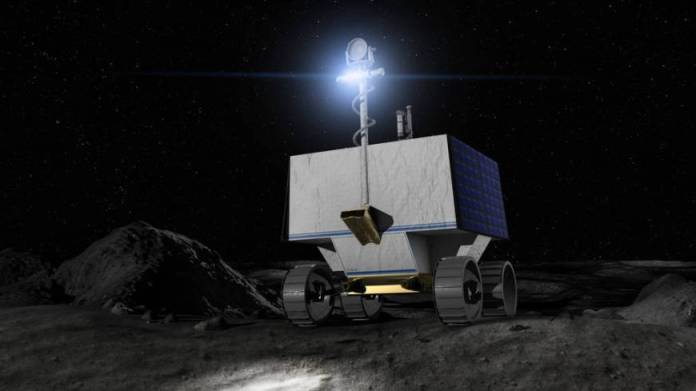Instance of NASA’s Volatiles Investigating Polar Exploration Rover (VIPER) about the Face of the Moon
Credits: NASA Ames/Daniel Rutter
The VIPER robot that is mobile that is water-seeking can help pave the way for astronaut assignments to the lunar surface beginning in 2024 and will deliver NASA a step closer to developing a long-term presence on the Moon.
“Commercial partners are changing the landscape of space exploration, and VIPER will be a huge boost to our efforts to ship the first girl and next guy to the lunar surface from 2024 through the Artemis app”
VIPER’s flight to the Moon is part of NASA’s Commercial Lunar Payload Services (CLPS) initiative, that encourages the capabilities of business partners to swiftly deliver scientific instruments and technology demonstrations to the Moon. Included in its award, Astrobotic is accountable for end-to-end services including integration with its own Griffin lander, launch from Earth, and landing on the Moon, for delivery of VIPER.
During its 100-Earth-day mission, the VIPER rover that is roughly 1,000-pound use its four science instruments to sample soil environments and will ramble miles. Models of its three most instruments are currently flying to the Moon on earlier CLPS lander deliveries in 2021 and 2022 to help test their functionality on the lunar surface before VIPER’s mission. The rover will have a drill to bore roughly 3 feet into the lunar surface.
“We are doing something which’s never been done before prior to testing the instruments on the Moon as the rover has been developed. VIPER as well as the many payloads we will send to the lunar surface within the upcoming few years will help us comprehend that the Moon’s enormous scientific possibility.”
Information — including the focus and location of ice hockey — which will be utilized to alert the first worldwide water supply maps of the Moon will be collected by VIPER. Scientific information gathered by VIPER also will inform the selection of future landing sites to astronaut Artemis assignments by helping to determine areas in which water and other sources could be harvested to sustain humans during expeditions. Its science investigations will provide insights into the development of the Moon and also the Earth-Moon system.
NASA has contracted with three companies to earn CLPS deliveries. Next calendar year astrobotic is advised to make its first delivery of different instruments to the lunar surface. For potential lunar investigations, the agency published a call Back in April and obtained over 200 responses. CLPS is planned to provide the lunar surface every year with a cadence of two delivery opportunities.
“It’s an enormous honor and obligation to be selected by NASA to deliver this mission of national significance,” explained Astrobotic CEO John Thornton. “Astrobotic’s lunar logistics providers were created to start a new era on the Moon. Delivering VIPER to look for water, and setting the stage for its first human crew since Apollo, embodies our mission as a provider.”
VIPER is a cooperation between different NASA entities and agency partners. The spacecraft, lander and launching vehicle that can send VIPER to the surface of the Moon is going to be given via the CLPS initiative of NASA as a partnership with business for delivering technology and science payloads to and close to the lunar surface. CLPS is part of the Lunar Discovery and Exploration Program handled by the agency’s Science Mission Directorate (SMD) at NASA Headquarters in Washington. NASA’s Ames Research Center in California’s Silicon Valley is directing the mission’s science, flight program rover surface operations and methods engineering, in addition to handling the mission. The rover hardware has been designed and built by NASA’s Johnson Space Center in Houston and the instruments are provided by Ames, NASA’s Kennedy Space Center in Florida and commercial partner Honeybee Robotics in Altadena, California.
– Advertisement –
